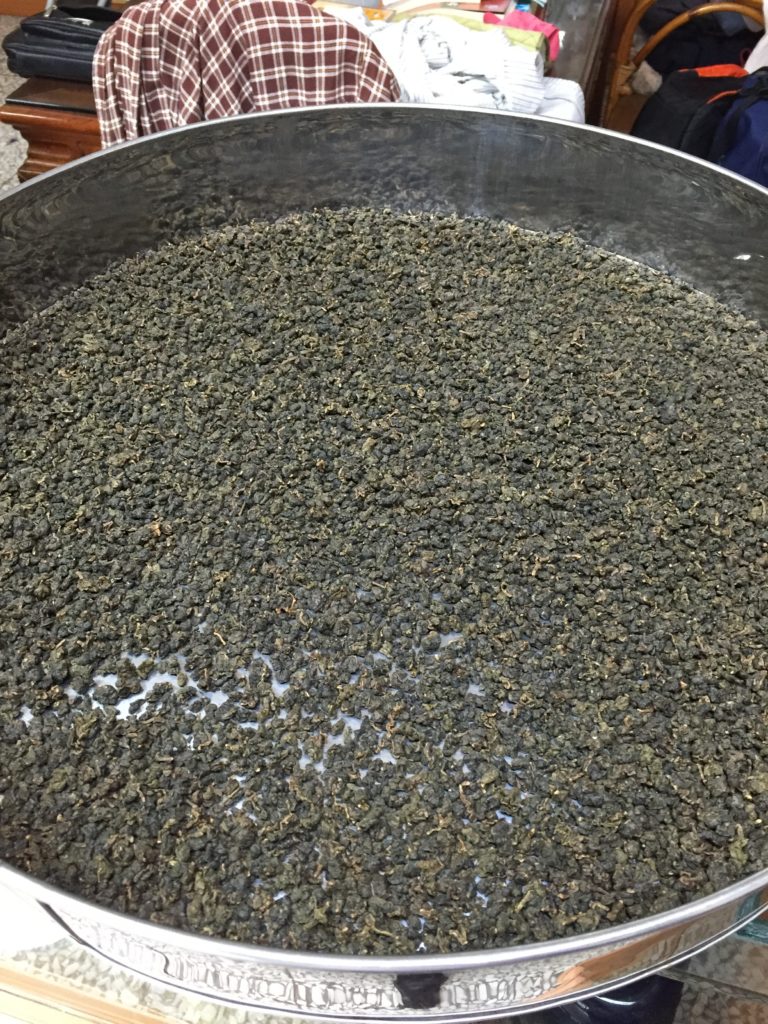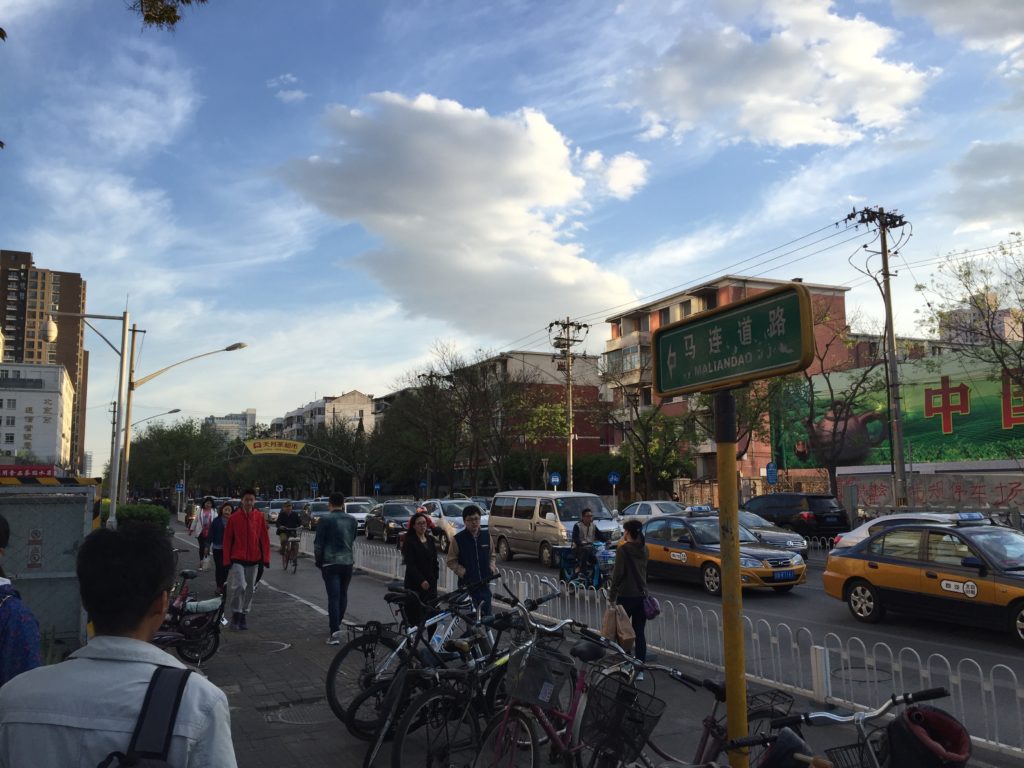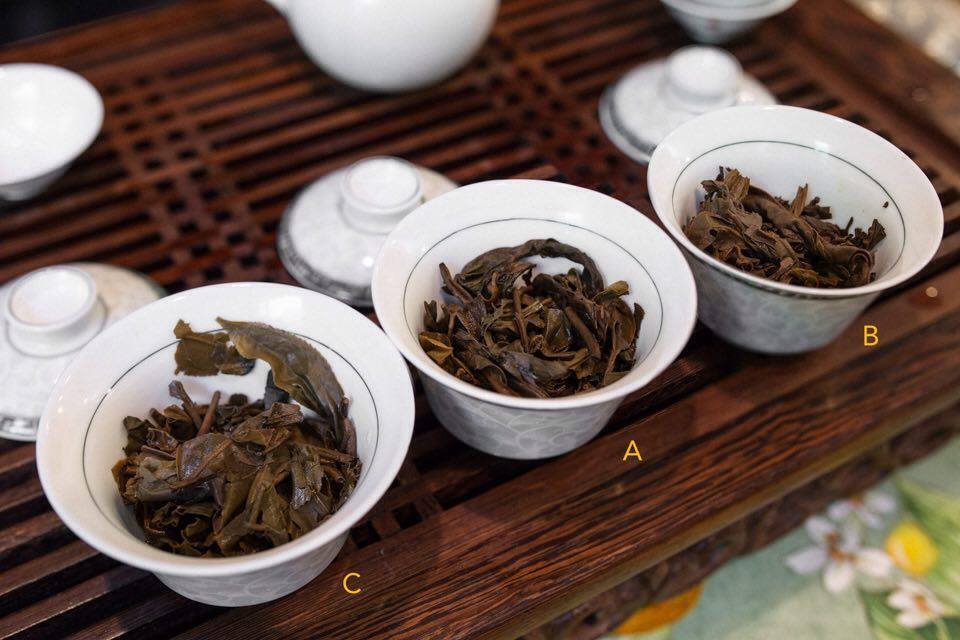Forty years ago, almost everything related to tea production in a place like Taiwan was done by hand. Leaves were hand picked, they were withered by hand, kill green was done manually, and then rolled by hand and then dried also manually. There were tools, of course, that helped one along in the process, but by and large they were not mechanized and required physical labour. As you can see below from this video of traditional rolling techniques, it’s hard, hard work.
Soon after a plethora of machines were introduced and the toughest processes, such as kill green, rolling, and drying were handled mostly by these machines. This isn’t to say the process isn’t still physically demanding, but it probably beats trying to roll tea leaves with hands and feet for hours at a time. Those who grew up on tea farms and who are 40-50 years old now are probably the last generation who remember (and have tried their hands at) making tea the old fashioned way.
These days there’s a mechanized farm tool for every step of the process, although not all of them are used all the time. Take picking for example. There are lots of harvesters out there. They range from smallish hand held machines that look like big horizontal hair clippers to vehicles that are small combines. A farm can choose to use a harvester some of the time, but not all the time. One farmer told me, for example, that for the summer picking they use the harvester because it’s just faster and easier, and since summer tea is crap (and only sells for cheap) there’s no reason to do anything more for it. On the other hand, for spring and winter harvest when the prices can be better, you want to have the leaves picked by hand so that the quality comes out higher. Machine harvested teas just aren’t as good.
There are, however, some steps that are always done with the aid of machines these days. Generally speaking, kill green, rolling, and drying are all done by machines. More importantly, they are done by people who often aren’t involved in the other processes.
Here’s the thing. In the old days when everything was done by hand, you gather the family and your hired help to do whatever you need to do to harvest the tea and process them efficiently. There’s only so much time for this sort of thing after you picked the leaves, and because of constraints like weather, you only have certain days when this was possible. You get all the manpower you need, pick the tea, wither them, let them bask in the sun for a little bit, wait for the oxidation to kick in to the right amount, kill green, roll them, dry them. All this was done in house, because if it’s all requiring physical labour then that’s where you’re going to find that labour. Even kids helped out if they could, and young men and women were hired to help do the parts that need extra hands – picking and rolling, for example. Roasting can wait, everything else had to be done immediately once the leaves are off the trees.
Nowadays though, most farmers no longer do the middle parts. Some only harvest and then hand the rest of the processing to people who specialize in them. Others might also take care of the withering but not what comes after. Part of the reason is mechanization – there’s no real reason for every farmer to buy a rolling machine or a kill green machine that’ll be left unused most of the time, whereas people who invested in them have a reason to basically rent it out to others who don’t own them. It makes sense – why would a village with 100 tea farmers have 100 rolling machines? That would make no sense.
This kind of specialization though has a cost, albeit not necessarily one that is very apparent. What we are seeing is a kind of homogenization of tea production. Back in the day, when a farmer was involved in all steps of the production process, the tea really was his – the taste you get at the end is his and his alone. These days, farmer A’s tea may taste very similar to farmer B’s tea because they both sent their tea to be processed by processor C and dryer D. What you’re tasting is therefore the combined work of all these people, and not just a farmer A or farmer B’s product.
I asked a farmer what would happen if he owned a rolling machine or a kill green one and invited a technician to come in to help. He said they’d simply refuse – there’s no reason for them to make their way to an unfamiliar setup to do work when they can easily do what they do at their own place, or at a place where they can work while having the farmers bring in the tea. This farmer I talked to still insists on withering his own leaves by hand, but even that’s less common these days. Between the difficulty of doing this and the downward price pressure of import Vietnamese tea, there just isn’t a lot of good reasons for someone to keep insisting on making things on their own.
There are, of course, skills that remain in the hands of those who produce tea and will change the way it tastes. For example, roasting is a big part of the final taste of the product for Taiwanese oolong. Roasting, for the most part, is usually still done in house. In fact, a few of the farmers I met on this recent trip didn’t want me to see their roasting process. I don’t think they have much to fear. Aside from the obvious fact that I wouldn’t be able to reproduce whatever they were doing even if I got to see all of it in detail, this is very much a process that requires lots of hands on experience to learn, and especially the ability to adjust on the fly based on weather, the tea’s condition, etc. These are things that an outsider cannot easily figure out quickly. Maybe someone who’s well steeped in the arts of charcoal roasting can glean something from this, but I doubt it.
So when you see a vendor tell you “this tea was produced by Mr. X of Y”, in almost all cases it means the tea was grown on Mr. X’s farm and perhaps Mr. X was involved in the processing of the tea at some point, but for the most part the actual processing of the leaves are usually left to someone else to do. There are a few exception to this rule. Mr. Gao, an organic farmer based in Shiding near Taipei, is one, but his tea is exorbitantly expensive as a result of his wild farming techniques and hand made processes. One could have a debate about whether or not it is worth it, but a tea that is easily 4-5x normal prices (or more) isn’t going to find a very wide audience. Outside of that kind of very specialized production, most teas you drink are, to some degree, a commercialized production that is run mostly on volume, rather than specific “craft,” whatever that is. There’s nothing wrong with it – being able to work with a kill green or rolling machine skillfully is also something you need to master through experience and time. It’s just that there’s a certain homogeneity to this process that is obscured by the smallholding farmer arrangement you find in a place like Taiwan. Some farmers were lamenting to me the loss of individual taste. In our industrialized world though, maybe it’s the price we have to pay.










 RSS - Posts
RSS - Posts
I took you at your suggestion and have been reading some of your old post-Covid posts. I haven’t been to…